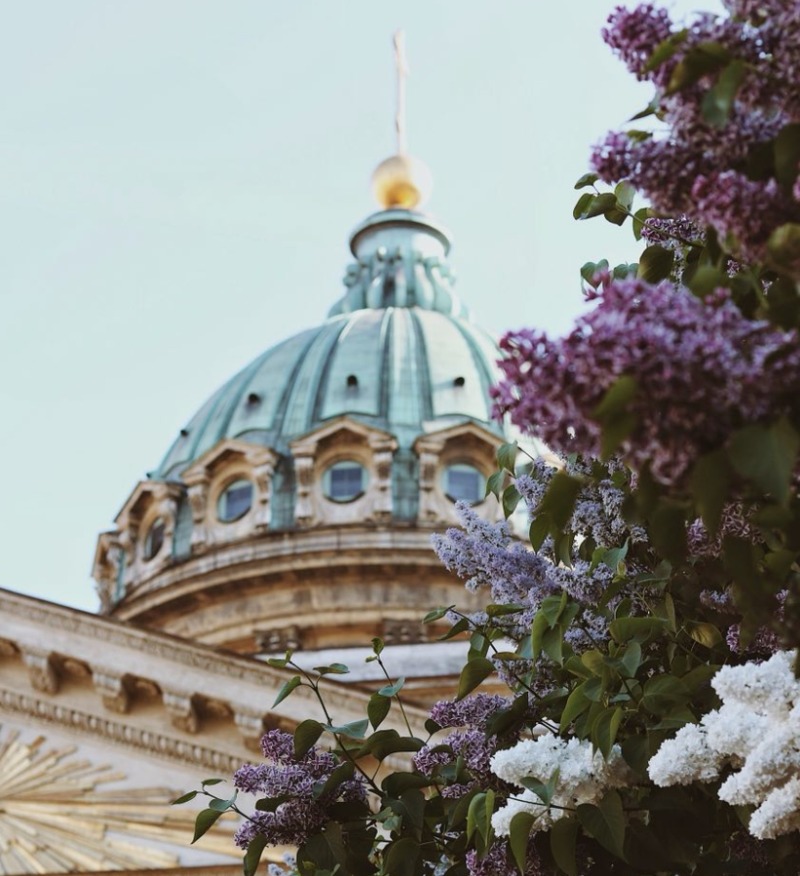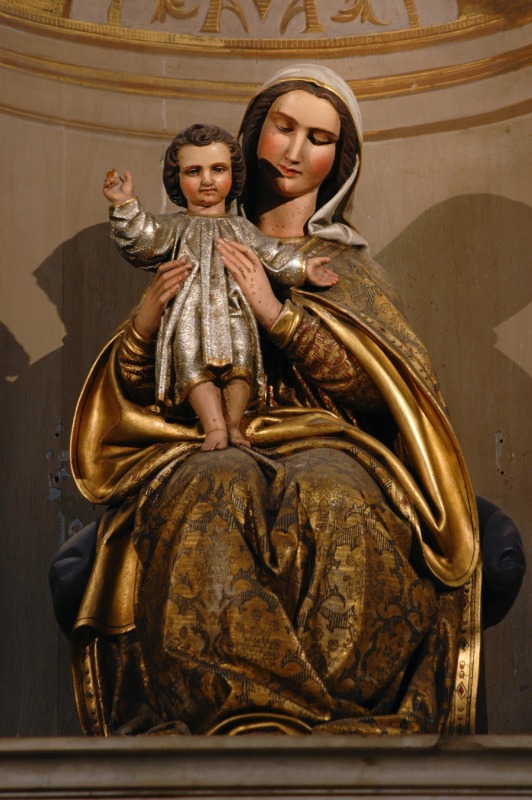
In the Mary's school we learn what we all need. She, as forerunner and mother of the Church, and at the same time as the first disciple, is the model and heart of Christian and ecclesial discernment.
In the scandal of the manger (a feeding trough for animals), Mary learns that God wants to be close and familiar. That he comes in poverty and brings joy and love, not fear. And that he wants to become food for us. There she contemplates the beauty of God lying in a manger.
While others simply pass by and live, and some are amazed, the Virgin Mary kept - guarded, guarded - all these things, meditating on them in his heart (Lk 2:19; cf. also v. 51).
Her attitude is the expression of a mature and fruitful faith. From the dark stable of Bethlehem, she gives birth to the Light of God in the world. As a foretaste of what is to come, Mary passes, already now, through the cross, without which there is no resurrection.
And so Mary, Francis finds, helps us to overcome the clash between the ideal and the real.
By guarding and meditating. One could say, as the Pope does later, that this happens in Mary's heart and prayer: because she loves and prays, Mary, before, during and after her prayer, is able to see things from God's point of view.
"First of all, Mary is a guardian, that is, she does not disperse. She does not reject what happens. She keeps everything in her heart, everything she has seen and heard. The beautiful things, like those that the angel had told her and those that the shepherds had told her. But also the difficult things to accept: the danger of becoming pregnant before marriage, now the desolate narrowness of the stable where she gave birth. This is what Mary does: she does not select, but guards. She accepts reality as it comes, she does not try to disguise it, to make up her life, she keeps it in her heart."
And then there is the second attitude. How does Mary guard? He does it meditating, interweaving the events:
"Mary compares different experiences, finding the hidden threads that unite them. In her heart, in her prayer She performs this extraordinary operation: she unites the beautiful and the ugly; she does not keep them apart, but unites them. And for this reason," the Pope says, "Mary is the Mother of Catholicity, because she unites, not separates. And so she captures the full meaning, the perspective of God.

Well, "this inclusive gaze, which overcomes tensions by keeping and meditating in the heart, is the gaze of mothers, who do not separate tensions, but guard them and thus life grows. It is the look with which so many mothers embrace the situations of their children. It is a concrete gaze, which does not lose heart, which does not become paralyzed in the face of problems, but places them in a broader horizon".
Mothers," she continues, "know how to overcome obstacles and conflicts, they know how to instill peace. They are able to transform adversity into opportunities for rebirth and growth. They do this because they know how to guard. Mothers know how to protect, they know how to hold together the threads of life, all of them.".
Today we need "people who are capable of weaving threads of communion, who contrast the too many barbed threads of divisions. And mothers know how to do that," says Francis.
The Pope insists on the capacity that mothers and women have for this: "Mothers and women look at the world not to exploit it, but to give it life: looking with the heart, they manage to keep dreams and concreteness together, avoiding the drift of aseptic pragmatism and abstraction".
She likes to emphasize that the Church is a mother and a woman. "And the Church is a mother, she is such a mother, the Church is a woman, she is such a woman."
And he deduces, as he has done on other occasions, this consequence, for the Church:
"That is why we cannot find the place of woman in the Church without reflecting her in the heart of a woman-mother. That is the place of woman in the Church, the great place from which other more concrete, more secondary places derive. But the Church is mother, the Church is woman".
And it ends with an exhortation for this new year: "...that, as mothers give life and women protect the world, let us all work to promote mothers and protect women".
Ramiro Pellitero Iglesias, Professor of Pastoral Theology at the Faculty of Theology at the University of Navarra.